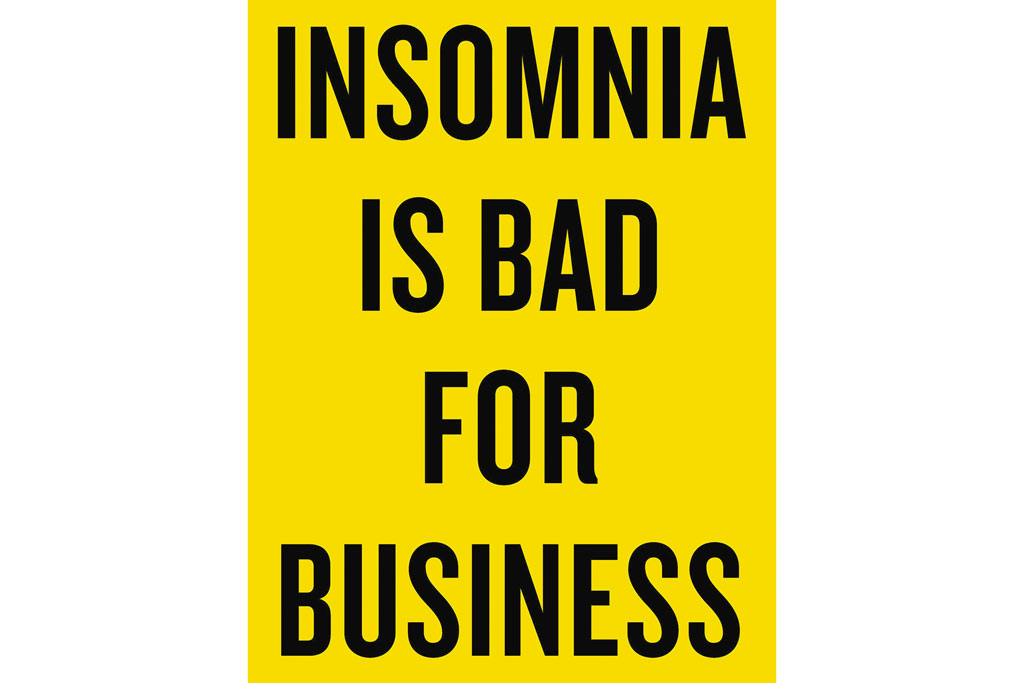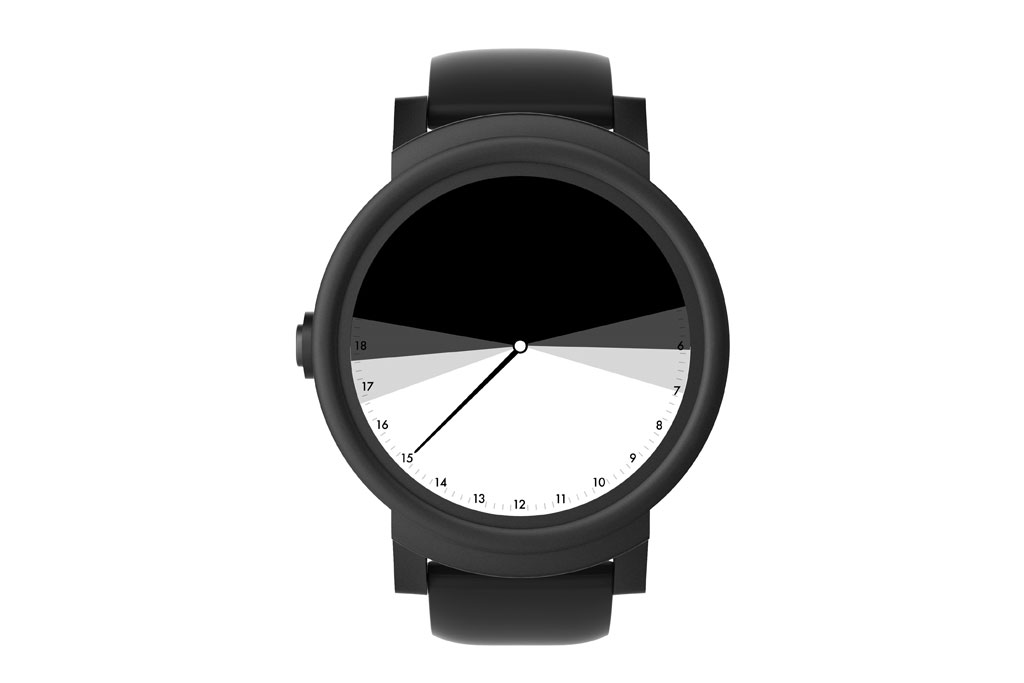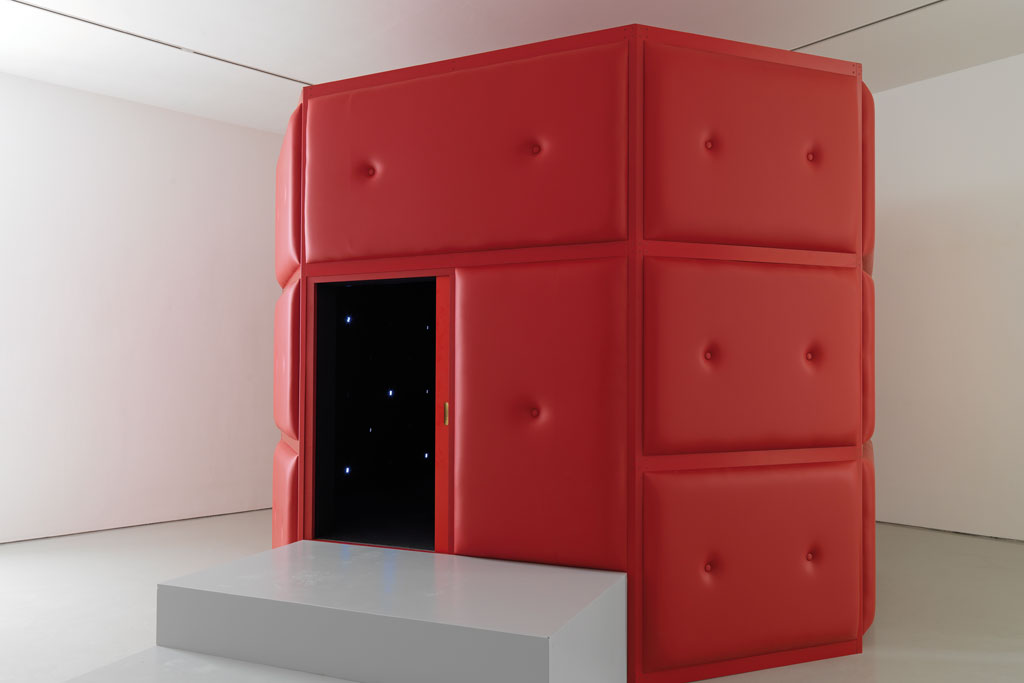The Exhibitionist: Ed Vaizey on Art’s Answer to Big Tech
Culture columnist Ed Vaizey's November column
This post may contain affiliate links. Learn more
Tech is proving fertile ground for the next generation of artists, finds Ed Vaizey
Hold on. Just a minute. Gotta reply to this text/email/WhatsApp/finish this YouTube video. We all know about the tyranny of tech, it’s a well-worn cliché, and one of the key subjects around the dinner table (assuming we’re not looking at our phones), alongside Brexit, houses and schools.
You know you’re old when you can remember getting your first mobile phone. I was in my late 20s, and, oddly, got it to make my life easier as a parliamentary candidate, rather than for work. That was 1996. I can also remember seeing my first iPad, in the hot sweaty hands of a friend just off the plane from New York. That was in 2010, and less than a decade later, tech is ubiquitous.
Art has tried to address the march of tech. The almost-as- ubiquitous-as-tech playwright James Graham wrote Privacy in 2014, at the Donmar, and willing participants in the audience gave themselves up to have their private information exposed. Tim Price worked with serious hackers to produce Teh Internet is Serious Business at the Royal Court in the same year. I met the hackers, and just being in their presence felt exposing.
Now Somerset House is having a go. Built when America, the home of tech, was rebelling, more recently, it was the home of the Inland Revenue, not averse to prying into your private life, and a large car park. Now it is an arts and tech centre, stewarded into 21st-century relevance by the entrepreneur William Sieghart and the former head of Aldeburgh Music Festival, Jonathan Reekie.
This month it is home to 24/7, an exhibition which looks at our inability to switch off. There are some handy tips on how to detox. For example, you could take inspiration from the copper blanket. Wrap yourself inside it, and no electromagnetic signal can get through. Alternatively just get on a (windowless) train. There’s a posh name for this phenomenon, the Faraday cage. Say it out loud when you are at the exhibition.
Alternatively you can sympathise with the Finnish artist Nastja Sade Ronkko who lived for six months – six months! – without internet access, in a studio at Somerset House. Her basic form of communication was the long-form letter. Perhaps that’s why the Finns have a reputation for hard drinking. Actually, the exhibit, consisting of letters and videos, is a lot of fun and food for thought.
You can visit Japanese sculptor and installation artist Tatsuo Miyajima’s red-leather clad tea room, with room for one person only, to drink in his somnolent LED display and meditate (not too long, other people are waiting); sit in the all-women’s collective Hyphen- Labs photo booth of people yawning (warning: it’s contagious); or track worldwide insomnia with Tekja’s clock of sleeplessness.
If all this switching off is too exhausting, the beauty of Somerset House is that you can pop into the Courtauld Institute for some very Instagrammable Cezannes, and then repair for a wonderful lunch at the brilliant Spring – no looking at your phone while eating.
24/7 runs from 31 October to 23 February 2020. somersethouse.org.uk



